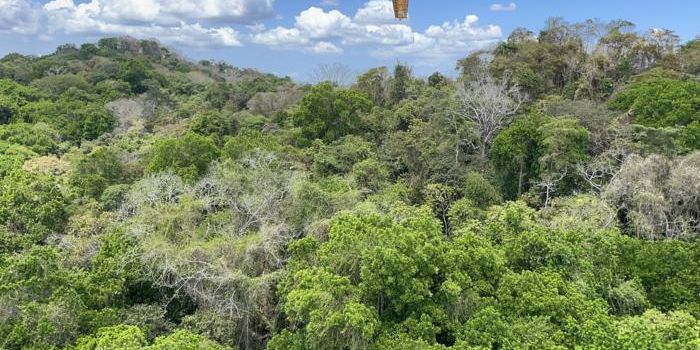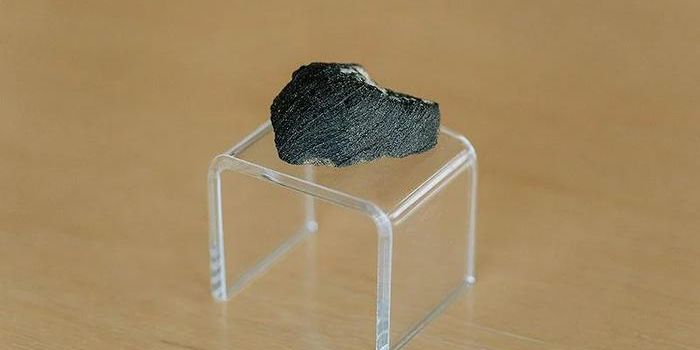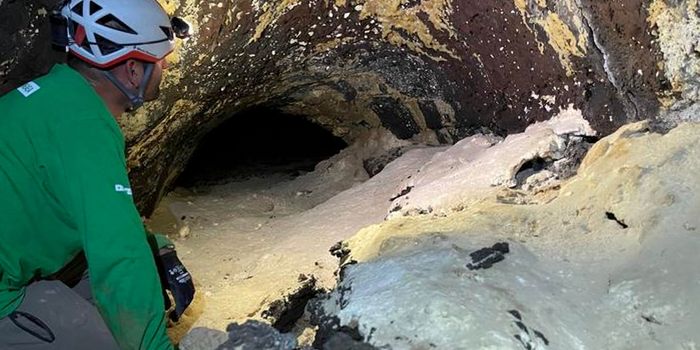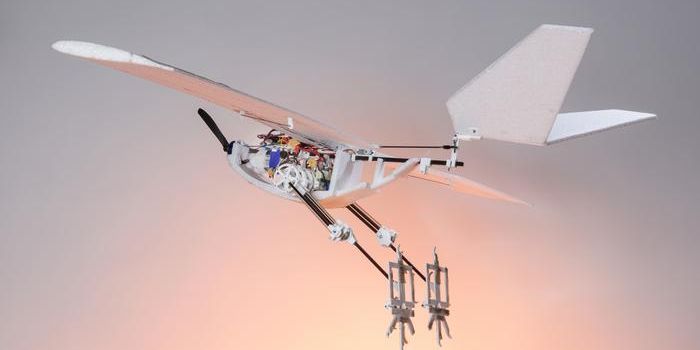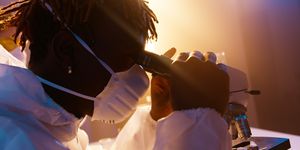Life Finds a Way in Underwater Volcanoes
Image of a black smoker located at the Aurora Vent Field. (Credit: HACON cruise 2021, REV Ocean)
Scientists have been finding life in hydrothermal vents for years, but researchers led by the Max Planck Institute for Marine Microbiology recently examined a new bacteria species that have been observed around hydrothermal plumes growing near mid-ocean ridges in the deep ocean. The reason why mid-ocean ridges are literal hotspots for these vents is because this is where tectonic plates split apart. This study holds the potential to continue to help scientists better understand how life could survive in extreme environments, which are environments too extreme for humans to live.
“We took a detailed look at bacteria of the genus Sulfurimonas”, said Dr. Massimiliano Molari, who is a scientist at the Max Planck Institute for Marine Microbiology in Bremen, Germany, and lead author of the study. “It was assumed that they were flushed there from seafloor vent-associated environments. But we wondered whether the plumes might actually be a suitable environment for some members of the Sulfurimonas group.” These particular bacteria have until now only been known to evolve in low-oxygen environments, but scientists have, on occasion, detected gene sequences within hydrothermal plumes. As the bacteria’s name suggests, they are traditionally known to use sulfide, which is an inorganic anion of sulfur, as an energy source.
For the study, Dr. Molari collected samples from hydrothermal vents in the South Atlantic Ocean and Central Arctic Ocean with a collaborative team of colleagues from the Helmholtz Centre for Polar and Marine Research in Bremerhaven (AWI), the MARUM Center for Marine Environmental Sciences of Bremen University, and the Alfred Wegener Institute.
“We sampled plumes in extremely remote areas of ultraslow spreading ridges that were never studied before,” explains Dr. Antje Boetius, who is the director of the AWI, group leader at the Max Planck Institute for Marine Microbiology, and a co-author on the study. “Collecting hydrothermal plume samples is very complicated, as they are not easy to locate. Sampling becomes even more difficult when the plume is located at depths of more than 2500 meters and below Arctic Sea ice, or within the stormy zones of the Southern Ocean.”
Upon examining the collected samples, the researchers were able to identify an entirely new Sulfurimonas species called USulfurimonas pluma (with the superscript “U” meaning “uncultivated”) that inhabit the cold, oxygen-saturated hydrothermal plumes. The researchers also discovered this newly-identified species uses hydrogen as an energy source instead of sulfide, and after examining the microbes’ genome, they found it to be strongly reduced, meaning genes were missing that have traditionally been found in other species of this same bacteria. Despite certain missing genes, this new species also possesses completely different genes which allow it to survive in this particular environment.
“We think that the hydrothermal plume does not only disperse microorganisms from hydrothermal vents, but it might also ecologically connect the open ocean with seafloor habitats,” explains Dr. Molari. “Our phylogenetic analysis suggests that USulfurimonas pluma could have derived from a hydrothermal vent-associated ancestor, which acquired higher oxygen tolerance and then spread across the oceans. However, that remains to be further investigated.”
After examining genome data from other hydrothermal plums, the researchers discovered USulfurimonas pluma thrives in this hydrothermal environment all over the Earth.
“Obviously, they have found an ecological niche in cold, oxygen-saturated and hydrogen-rich hydrothermal plumes”, said Dr. Molari. “That means we have to rethink our ideas on the ecological role of Sulfurimonas in the deep ocean – they might be much more important that we previously thought.”
What new discoveries will researchers make about life living in extreme environments, and specifically hydrothermal vents, in the coming years and decades? Only time will tell, and this is why we science!
Sources: Ocean Today, Nature Microbiology, National Geographic, Max Planck Institute for Marine Microbiology
As always, keep doing science & keep looking up!


